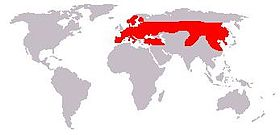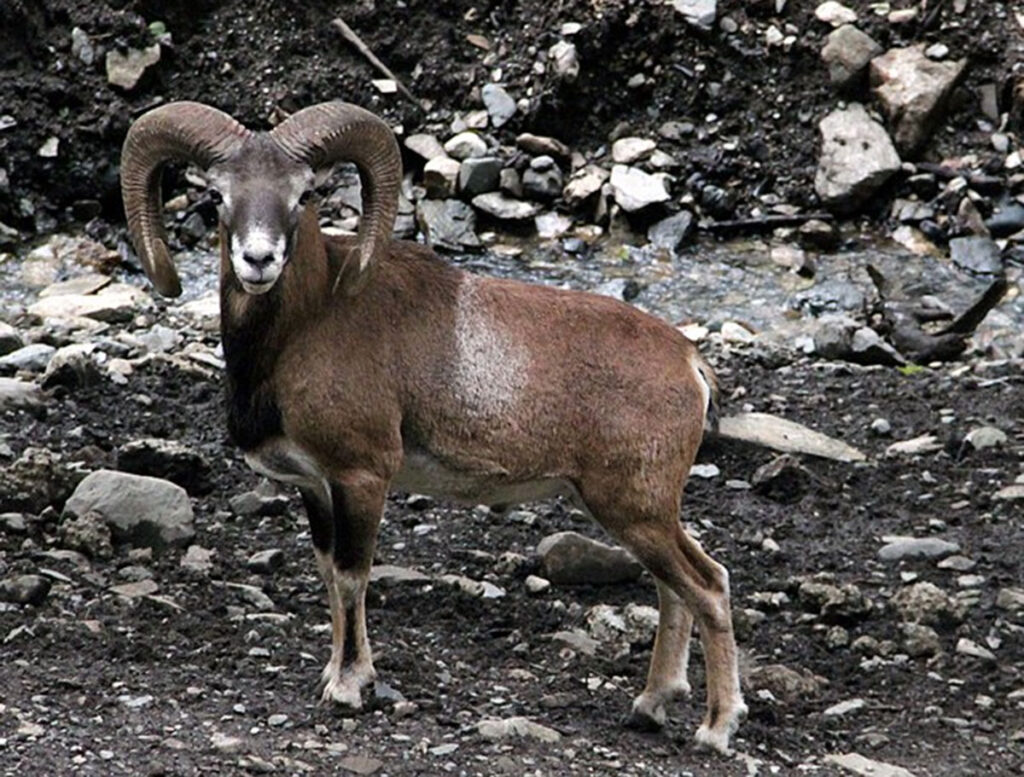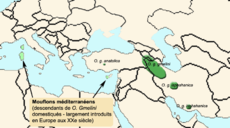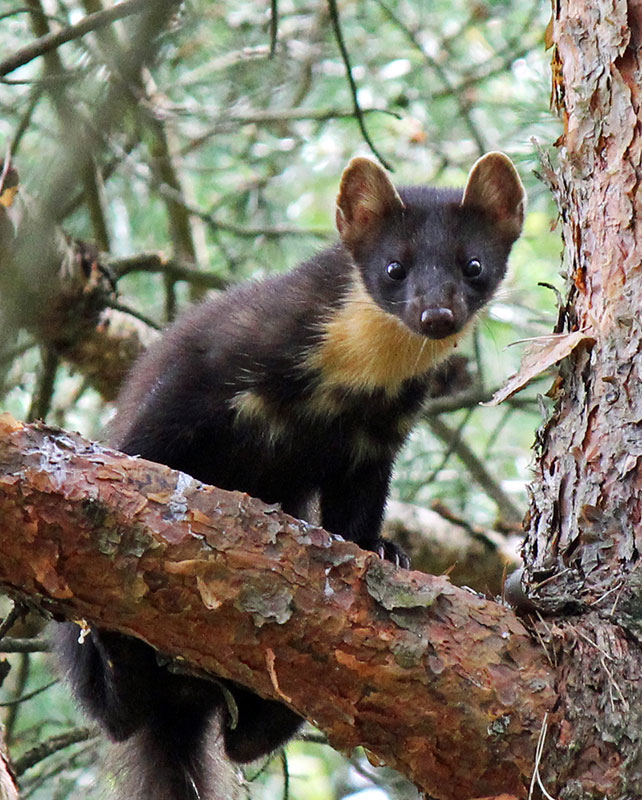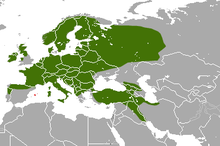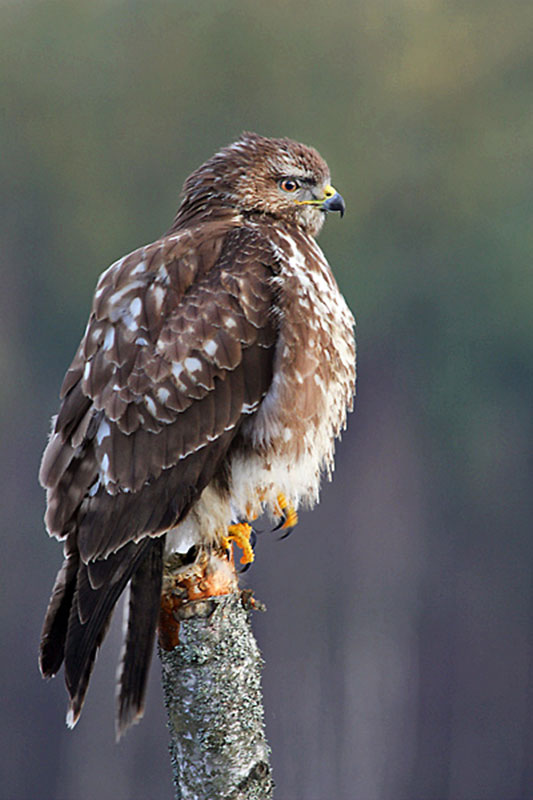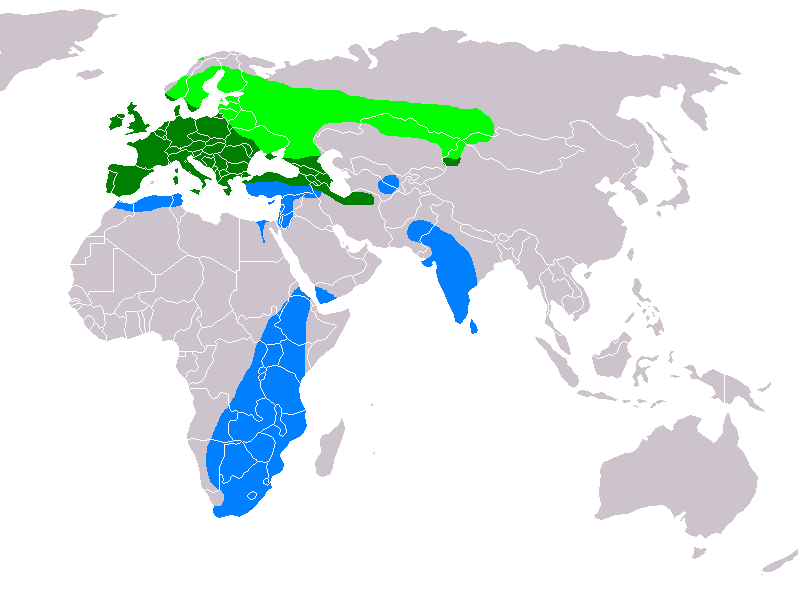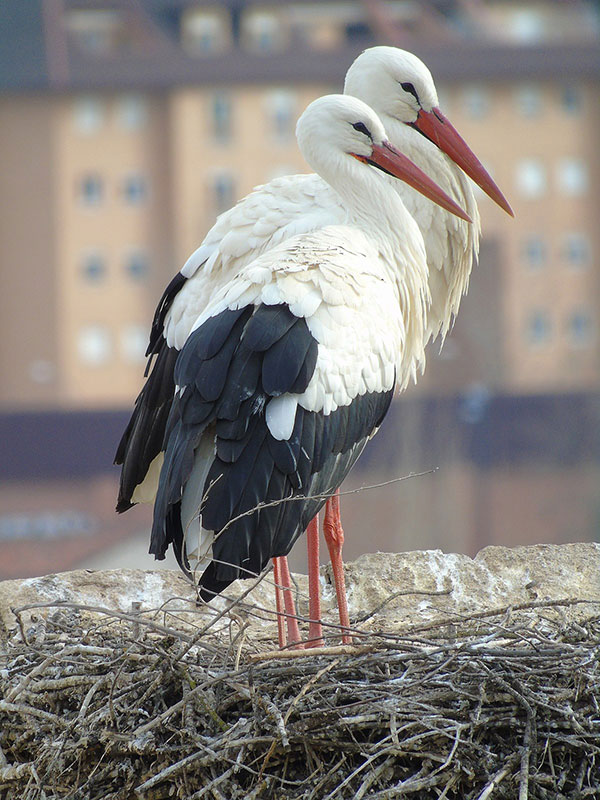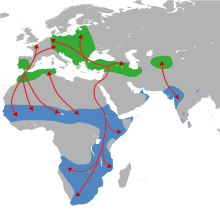Roe deer
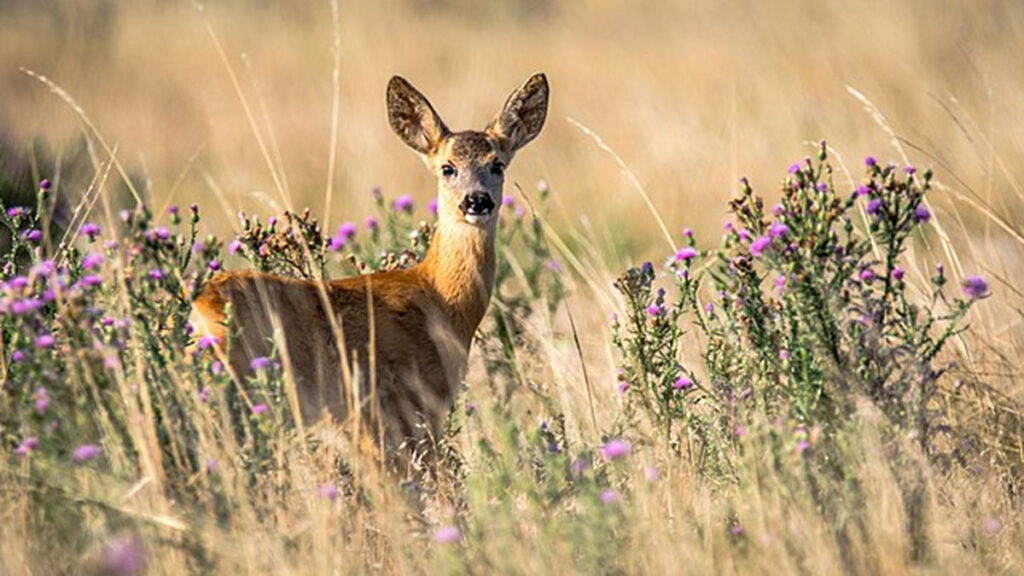
Common name: Roe deer
Scientific name: Capreolus capreolus
Class: Mammalia
Order: Artiodactyla
Family: Cervidae
Nutrition: erbe diverse, corteccia, foglie, germogli di latifoglie, conifere e frutti.
Features: Belonging to the ungulate family, the roe deer has a reddish-brown mantle, with a grey fluff that characterizes the muzzle, of small size relative to the body and that ends, at the top, with two sharp horns. It eats several times a day (from 8 to 12). In summer it also eats at night.
Curiosity: The call of this animal, more than a roaring, characteristic of the deer, reminds of the hoarse and slow bark of a dog.

